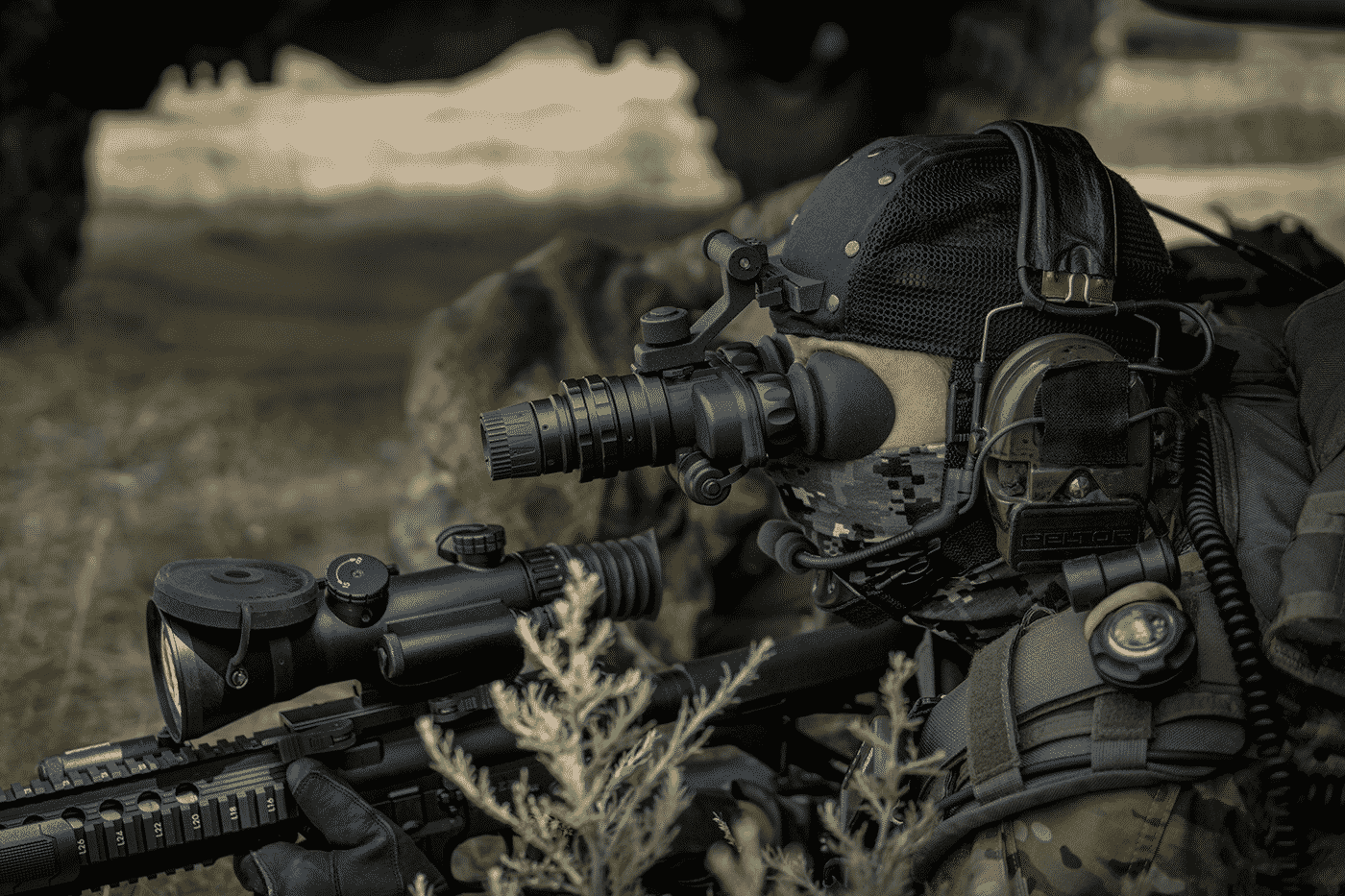Introduction
Night vision is an advanced technology, which has changed the way people can actively, and safely move in the dark. Most of the people, especially night hunters, are well-conversant with this technology, because it highly contributes to the success of their hunting trips. And for those people who are unaware of the technology, they must have seen it being employed in various action movies. So, what exactly is night vision technology and how does it work? Read on to understand the essentials of this advanced technology.
The night vision technology has really made a great impact on the ability of many night hunters. If you’re a hunter, you must have come across night vision goggles, that help enhance night hunting. The same technology is being employed by the law enforcement officers. In the past, people used to struggle a lot in order to have a clear vision in low-lit environs. But nowadays, things have really changed with the invention of the night vision technology. For more information about night vision, go to https://www.agmglobalvision.com/.
What is Night Vision?
When the sun sets, unless you have an alternative source of light, you’re bound to strain a lot in order to see an object clearly. When the light is dim, you may be unable to differentiate a living thing and a non-living thing. And of course, when it’s totally dark, you can’t see a thing. Now, with all that said, the night vision technology was invented to help solve all these night vision obstacles. The technology enables one to see clearly in both low-lit and dark situations. With the help of this technology, you’re able to walk in darkness, hunt at night and probably do any task in a low-lit environment without vision problems.
How Does Night Vision Work?
For this technology to work, light must be present. Light is defined as an electromagnetic spectrum, which consists of three major parts namely; ultraviolet, visible and infrared. The night vision technology works in two ways; image enhancement and thermal imaging. These two ways have been highlighted below:
- Image Enhancement
Most of the equipment used for night vision utilize the image enhancement technology. These devices have an image intensifier tube, which helps to collect both visible and infrared light and then intensify it. This process is explained below:
- Light capturing– Ambient light and infrared light are captured by objective lens. The light is then sent to the image intensifier tube. This tube is capable of giving a huge voltage output, which is extremely higher than the contents inside the tube.
- Conversion– The image intensifier tube has a component called photo-cathode, which converts light into electrons.
- Multiplication of electrons– As the electrons pass through the tube, the atom releases more electrons into the tube, hence increasing the number of
- Image creation– The fast-moving electrons will hit a screen, which is located at the end of the image intensifier tube. A perfect image of the object being viewed is created on the screen because the electrons maintain their usual position. Still, there is ocular lens, which helps the viewer to see and focus on the image.
- Thermal Imaging
Image enhancement works only if there is some light. It doesn’t work when you’re in total darkness; that is where thermal imaging comes into play. This type of imaging focuses on the heat that objects emit at night. Mostly, hot objects emit infrared radiation, which is similar to light but has a longer wavelength. This technology, therefore, helps convert the infrared radiation into a noticeable image. See below how night vision works for thermal imaging:
- Focusing light– There is a certain lens that focuses the infrared radiation being emitted by objects. The light is then scanned by an IR detector element whereby a certain pattern called thermogram is created.
- Electronic impulse– The thermogram is then converted into an electronic impulse, which are then sent to the signal processing unit. The unit has a dedicated chip, which helps translate the information to make it ready for display.
- Image creation– The signal processing unit will send the information to the display unit, where it will appear in various colors. If the impulses from all the elements are combined, a complete image is created.
Night Vision Equipment
The market is highly flooded with night vision equipment. These are the most important categories you’re likely to encounter when shopping around:
- Night vision scopes– These are mostly used by hunters and shooters. They’re usually mounted on rifles to help in taking hunting games at night.
- Night vision goggles– The common night vision goggles are monocular and binoculars. They help in constant viewing at night
- Night vision cameras– These are commonly used in buildings for security reasons. The latest cameras have in-built night vision technology.
Conclusion
Whether you are a night hunter or an army officer, knowing how night vision technology works is of paramount importance. Having this knowledge, you can be able to use the devices correctly. If you are a night hunter, you need to evaluate the device technology that is appropriate for your planned hunting trip.
ATTENTION READERS
We See The World From All Sides and Want YOU To Be Fully InformedIn fact, intentional disinformation is a disgraceful scourge in media today. So to assuage any possible errant incorrect information posted herein, we strongly encourage you to seek corroboration from other non-VT sources before forming an educated opinion.
About VT - Policies & Disclosures - Comment Policy




